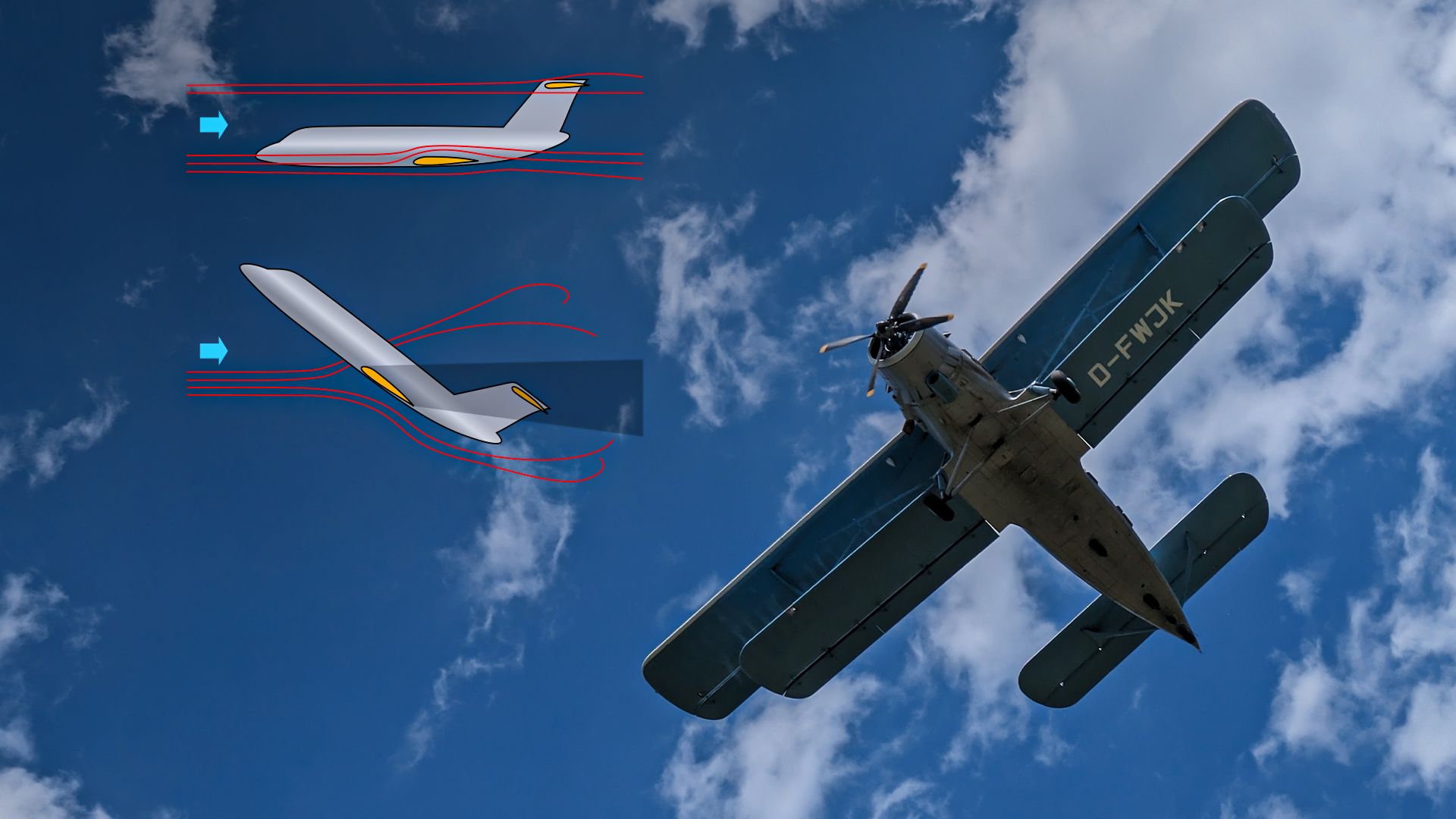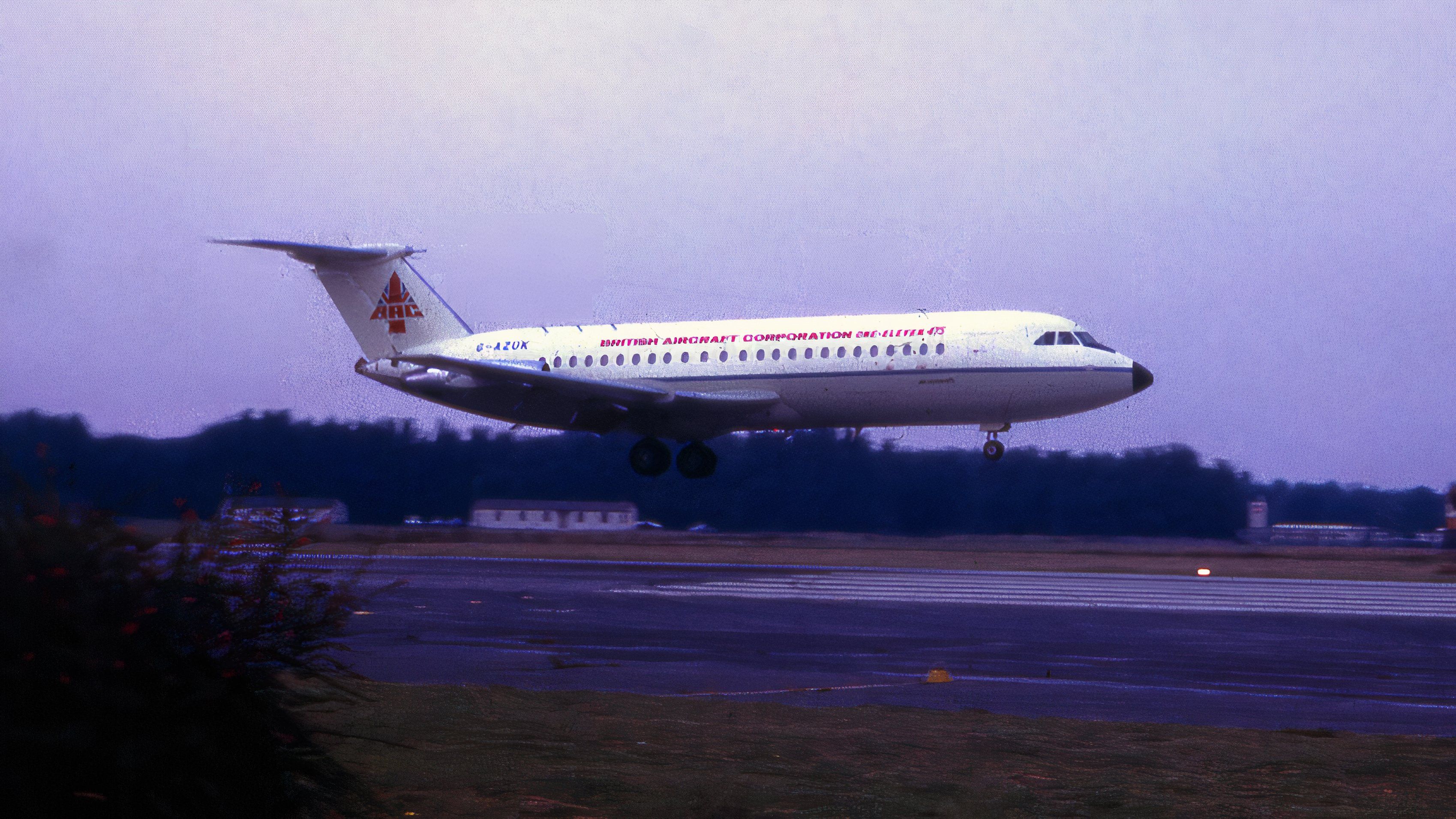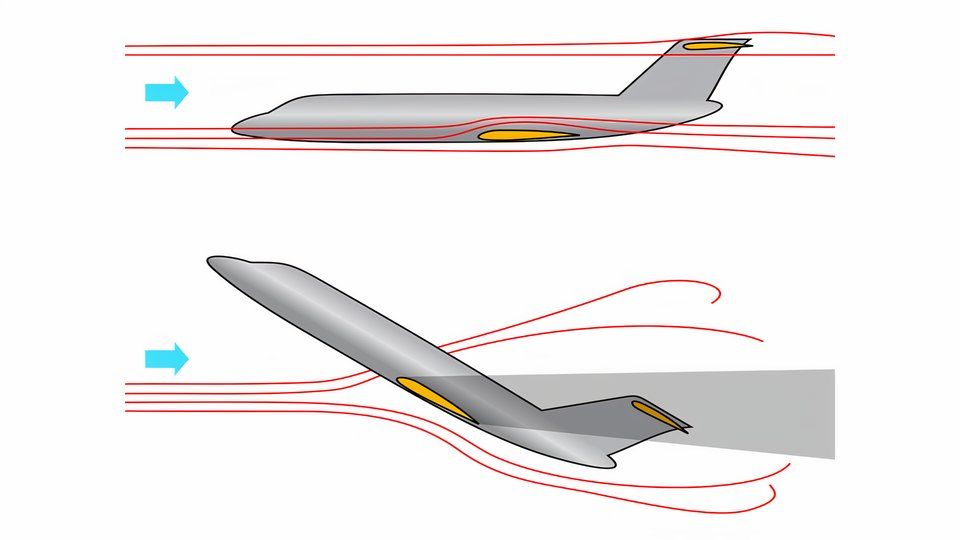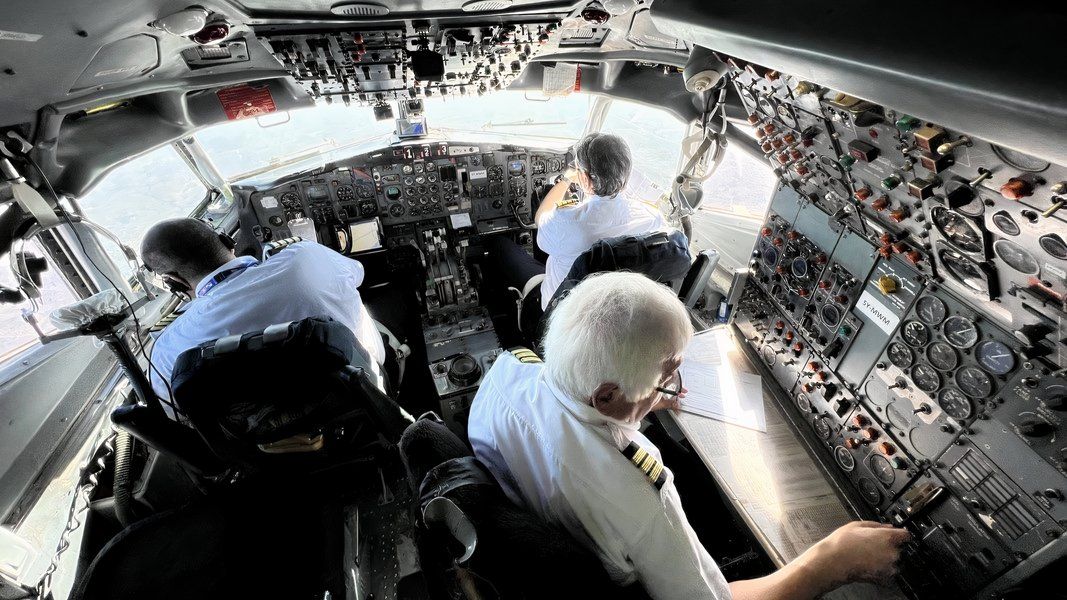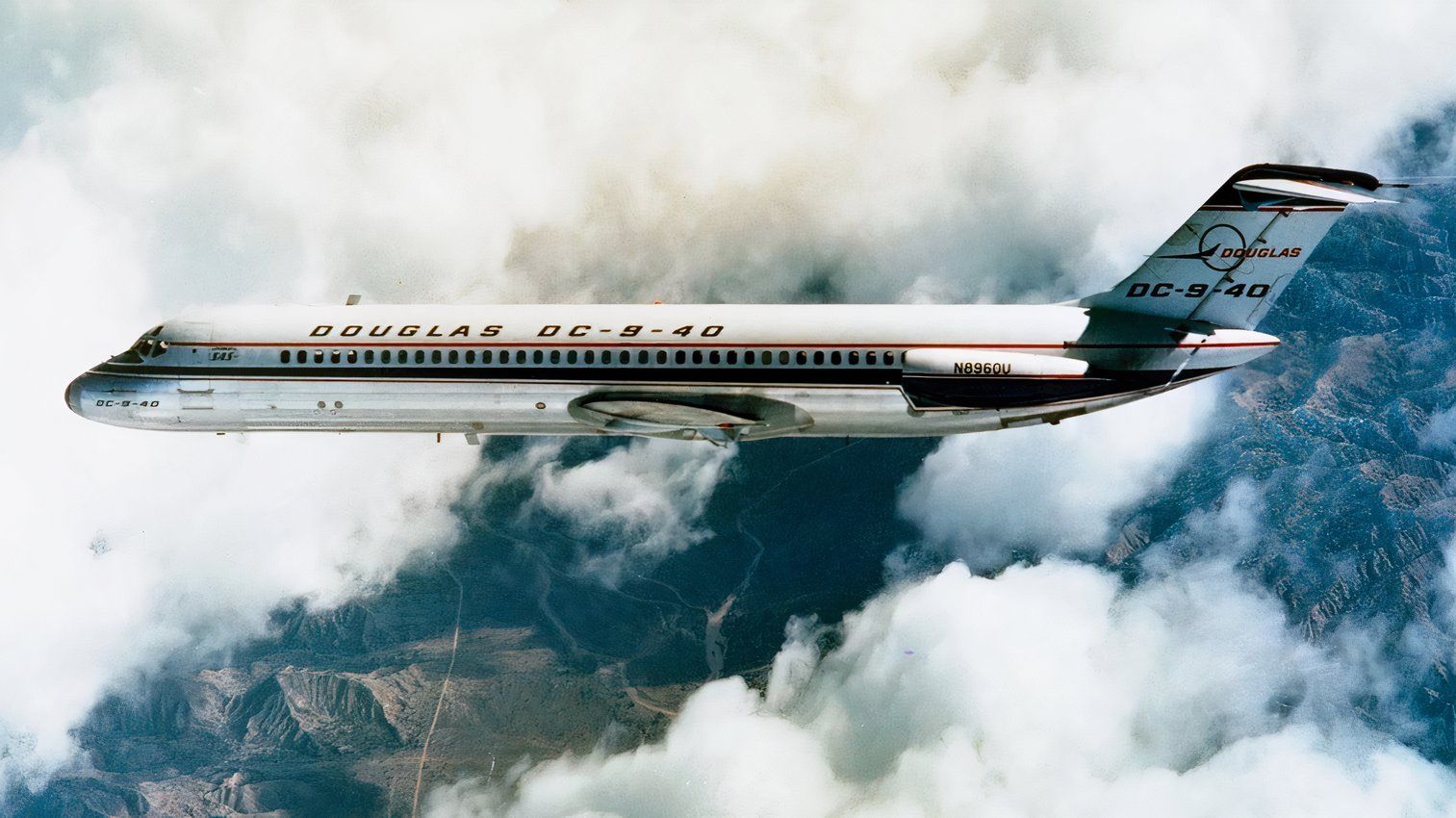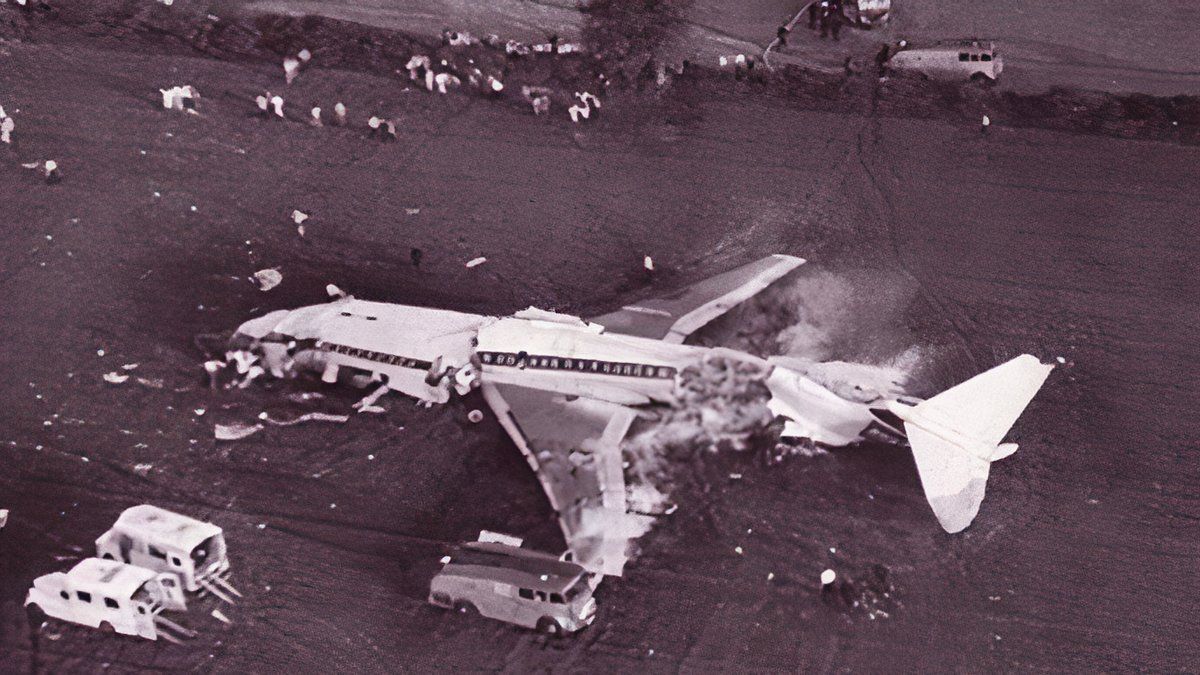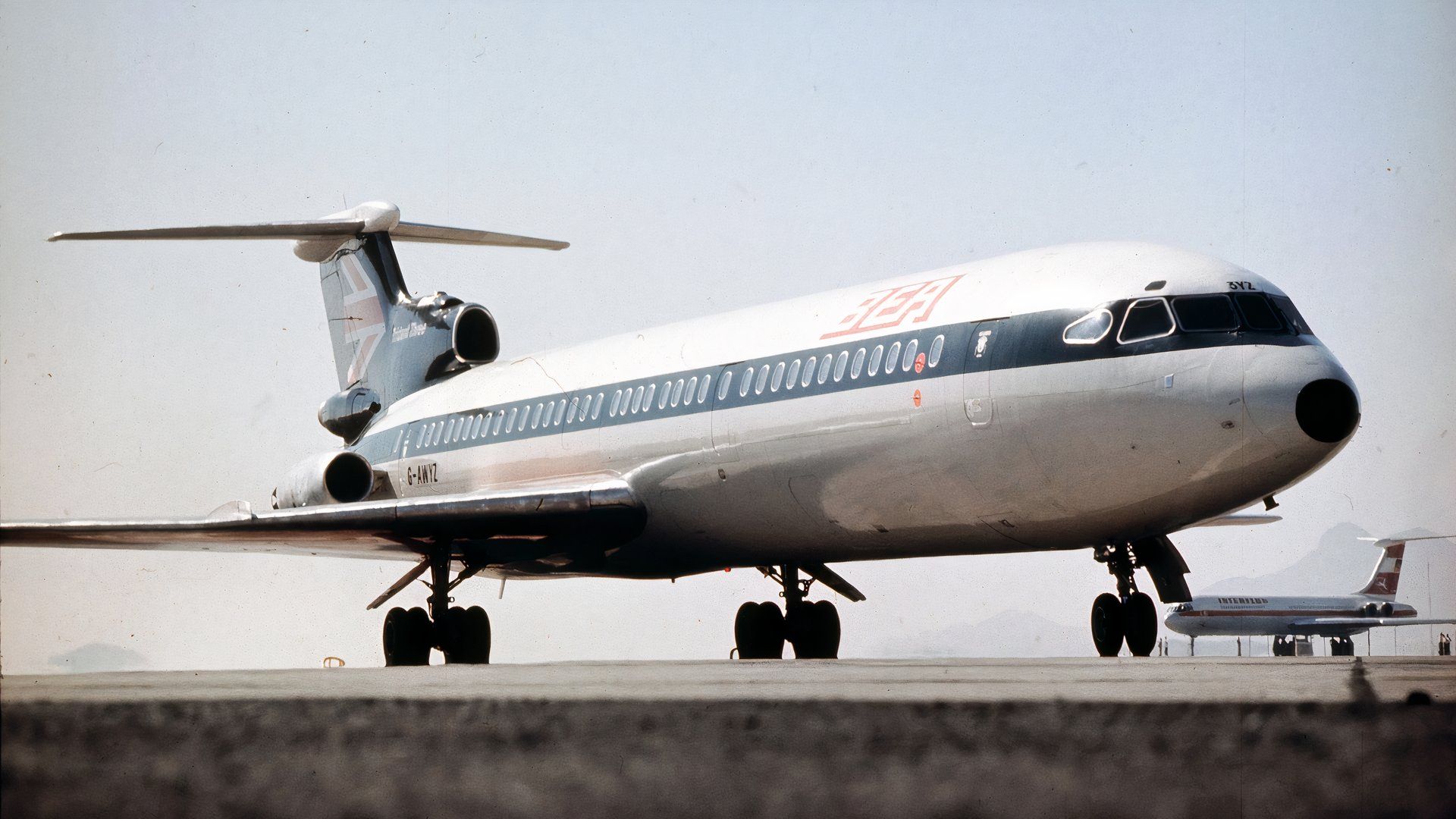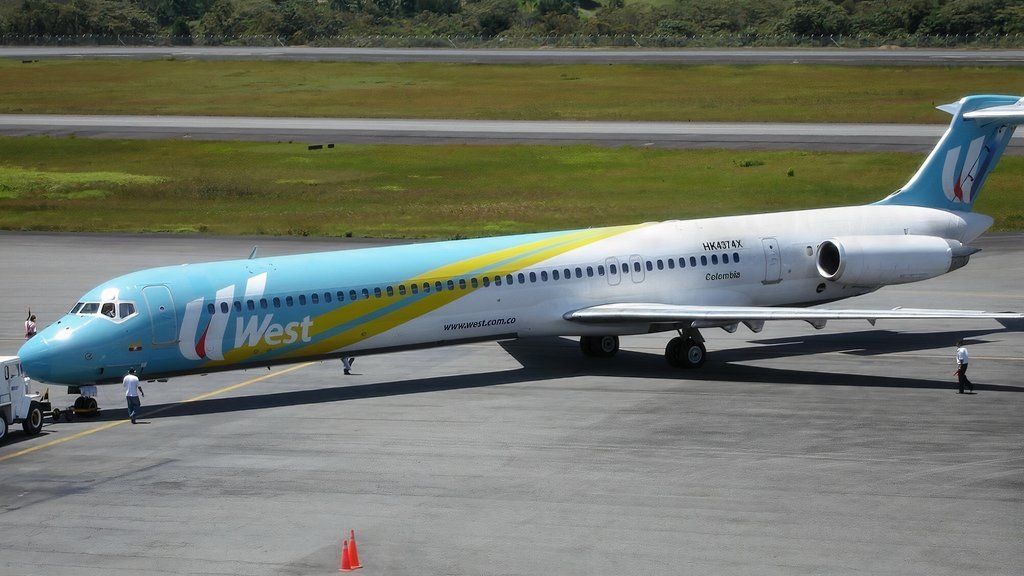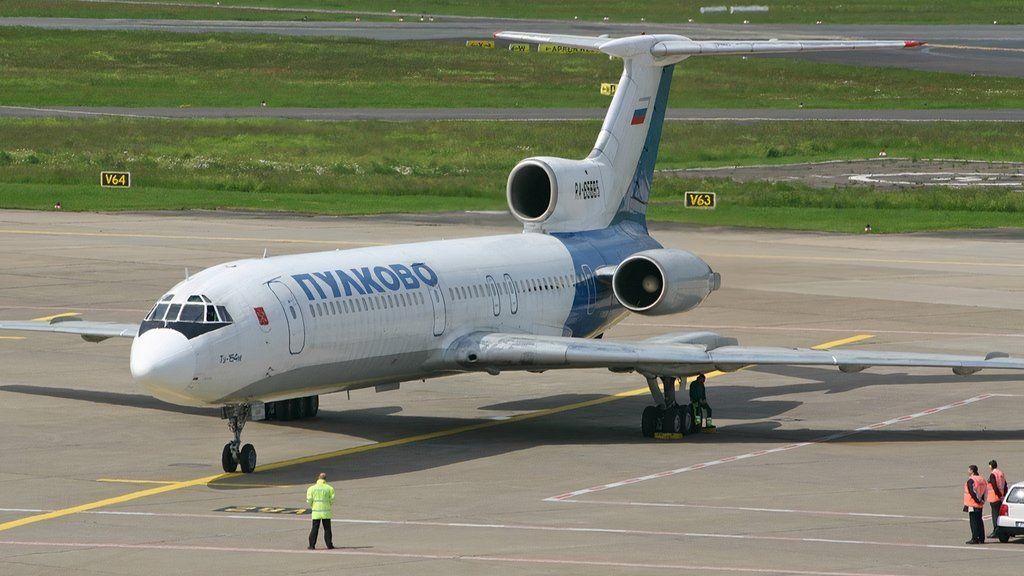Summary
- Deep stalls are caused by the stalled wing making the elevators ineffective, an issue particularly problematic with T-tail aircraft.
- Stick-shakers and stick-pushers were developed to prevent deep stalls and are now standard features in commercial aircraft to help prevent deep stalls.
- There have been numerous aviation accidents as a result of deep stalls, including the infamous Staines Air Disaster of BEA Flight 548.
Shortly after 10 am on a damp October morning in 1963, test pilot Mike Lithgow took to the air from Wisley Aerodrome in the UK, flying a prototype BAC 1-11. For him and the other six crew on board, it was a straightforward exercise. It was already the fifty-third test flight of the aircraft, and they were conducting stalling tests, something they had done successfully multiple times before.
Less than half an hour later, having already completed four stall tests, the aircraft began plummeting to the ground at about 180 ft/sec. Multiple eyewitnesses reported that it impacted with almost no forward momentum, a nearly flat attitude, and no engine noise. With the tower having received no contact from the pilots indicating they had an issue, it was a mystery how things had gone so suddenly and tragically wrong for a very experienced crew.
-1.jpg)
Related
1960s Twinjet: The Story Of The BAC 1-11
The type was a short-haul aircraft manufactured in the United Kingdom and Romania.
Deep Stall: A new phenomenon
What had happened to the aircraft was something that had not been experienced or observed before. The phenomenon, which is peculiar to T-tail aircraft, was to become known as a ‘deep stall’ (or super stall), and the accident report described is as follows:
“The angle of incidence of the stalled aircraft reached a value at which the elevator effectiveness was insufficient to effect recovery from the stall.”
What happened was that the turbulent wake of the stalled wing was “blanketing” the horizontal stabilizer (see diagram below). Caught in the shadow of the wing, the elevators become ineffective, preventing the aircraft from recovering from the stall. In addition, the rear-mounted engines may also experience a loss of thrust, further hampering any recovery efforts.
Why a deep stall is so dangerous
Any stall is dangerous to a certain degree, but most are recoverable with the right responses from the flight crew. Indeed, the purpose of the flight that day in 1963 was to test the stall limits and recovery of the aircraft. A deep stall is different. It is exceptionally dangerous because there is no easy path to recovery when the elevators become ineffective.
Photo: Boeing
Many pilots believe that there is no recovery from a genuine deep stall. However, it is reported that a Boeing 727 also entered a deep stall during its certification trials, but the pilots were able to recover the aircraft. They still had some lateral control available and used that to rock the airplane to increasingly higher bank angles until the nose finally fell through, and normal control response was recovered. While this recovery approach is technically possible, it relies on experienced pilots with sufficient altitude to be successful, and there is still a high chance of failure.
Photo: Boeing
Preventing a deep stall
After analyzing the data from the 1963 test crash, BAC recognized that prevention was far better than cure regarding deep stalls. It immediately set about several actions that undoubtedly saved many lives on future flights:
- Stick-shakers: A mechanical device was implemented on the aircraft that was designed to rapidly and noisily vibrate the control yoke to warn the flight crew that an imminent aerodynamic stall had been detected. This innovation has become standard on modern commercial aircraft.
- Stick-pushers: As a second measure to mitigate the risk, BAC installed stick-pushers which automatically operate the elevators and physically lower the nose before a deep stall is reached, while the tailplane and pitch controls are still effective. This too is a standard feature of commercial aircraft today.
- Communication: Perhaps most importantly, BAC also shared its data and findings with rival manufacturers that also had T-tail aircraft in development and production, notably Hawker Siddeley with the Trident, Boeing with the B727, and Douglas with the DC-9.
Photo: National Archives
Deep stall disasters
However, despite the knowledge about deep stalls and the preventative measures put in place, there have still been a number of accidents caused by deep stalls over the years. Here are some of the most notable ones:
Felthorpe Trident crash
In 1966, a newly built Hawker Siddeley Trident crashed during a test flight near the village of Felthorpe, England, killing all four crew. The crew had disconnected the stick-shaker and stick-pusher in order to determine the actual margin left after the warning had been given before the aircraft stalled. The aircraft entered an unrecoverable deep stall, with the nose pitching up by 30-40 degrees before the aircraft impacted the ground.
Photo: PBS
Staines Air Disaster
BEA Flight 548 from London Heathrow to Brussels crashed near Staines, England, shortly after take-off in 1972, killing all 118 people on board. The aircraft, a Hawker Siddeley Trident, suffered a deep stall in the third minute of its flight and crashed to the ground, narrowly missing a busy main road. The subsequent public inquiry principally blamed the captain for failing to maintain airspeed and configure the high-lift devices correctly.
Photo: BAE Systems Archive
West Caribbean Airways Flight 708
In 2005, a charter flight by West Caribbean Airways, operating an MD-82, was en route from Panama City to Martinique when it crashed in Venezuela after entering a deep stall. The crew, under the mistaken belief that the aircraft had suffered an engine flameout, increased the angle of attack, which contributed to the deep stall. The aircraft plunged from over 33,000 ft in less than three minutes, crashing belly-first and killing all 160 passengers and crew on board.
Pulkovo Flight 612
In 2006, a Pulkovo Aviation Enterprise (forerunner to Rossiya) flight from Anapo to Saint Petersburg, utilizing a Tupolev Tu-154, crashed in Ukraine, killing all 170 people on board. The investigation found that in an effort to avoid thunderstorms, the crew flew the aircraft with “excessive angles of attack, causing a deep stall.” The crew tried to rescue the aircraft for over three minutes while it was plunging to the ground, but the deep stall was unrecoverable.
Modern-day experiences
Fortunately, deep stalls are not as much of a feature in commercial aviation today. Part of that is due to the retirement of many of the T-tail aircraft. But there have also been advances in technology that allow pilots to be warned of danger far sooner, and enable aircraft to take proactive actions to avoid a deep stall.
However, there are still hundreds of T-tail aircraft in commercial service, such as CRJs, B717s, and aging MD-80s. So, the risk of deep stalls is still with us, and recognizing them and avoiding them remains a critical part of any pilot’s training.

Related
What Are The Advantages And Disadvantages Of T-Tails?
This design has both positives and negatives.
What are your thoughts on deep stalls? What is your advice for avoiding or recovering from them? Tell us about your thoughts and experiences in the comments.

